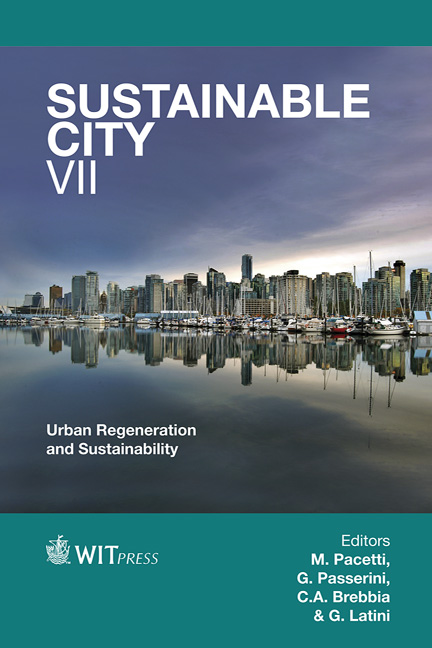Arming The Other Half: Attaining Sustainability Through Women With Microfinance
Price
Free (open access)
Transaction
Volume
155
Pages
9
Page Range
811 - 819
Published
2012
Size
743 kb
Paper DOI
10.2495/SC120682
Copyright
WIT Press
Author(s)
F. Tariq & S. Umar
Abstract
Traditional approaches have repeatedly failed in the past to gain successful sustainable development even after allocating huge development funds. Projects cannot be solved without taking into account women’s concerns and realities. This should not come as a surprise since women constitute half of society and ignoring this reality cannot solve any human problem. Governments and the international community have consensus that women play a key role in all successful development processes. This paper builds on the premise that sustainable development and women’s empowerment can be realized through microfinance. In order to be effective, sustainable development must go hand in hand with women-focused microfinance policies. The recommendations are based on the Islamic finance system and the experiences of low-income women with housing microfinance practices in Pakistan. Keywords: sustainable development, women empowerment, Islamic microfinance, housing microfinance. 1 Sustainability and women To boost sustainable development, the United Nations announced the Millennium Development Goals, aimed at achieving them by the year 2015 [4]. As argued by Easterly [5], sustainable development is a complex process and cannot be ‘programmed’ through linear interventions. Brundtland’s [6] concept of sustainable development is \“development that meets the needs of the present without compromising the ability of future generations to meet their own needs”. In Nordberg’s words, \“sustainability is a concept increasingly used as a measure of the worth of an approach to meeting shelter needs” [7]. Many studies reveal
Keywords
sustainable development, women empowerment, Islamic microfinance, housing microfinance.





